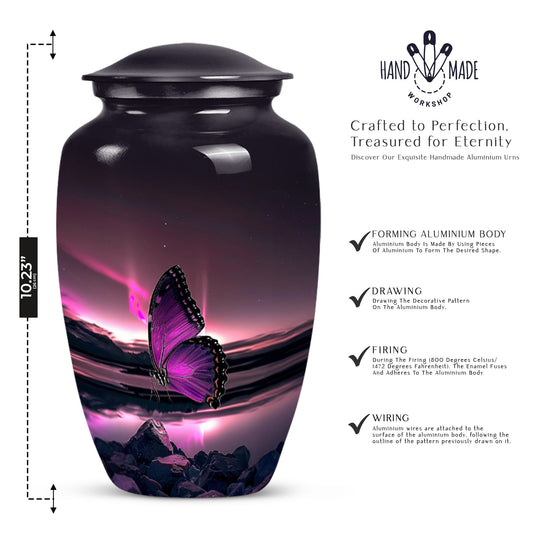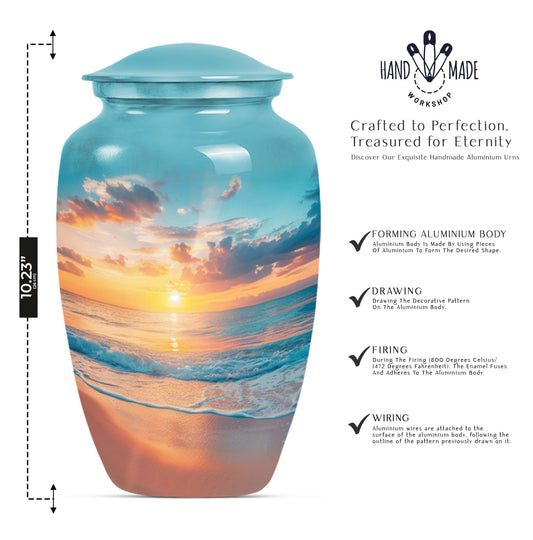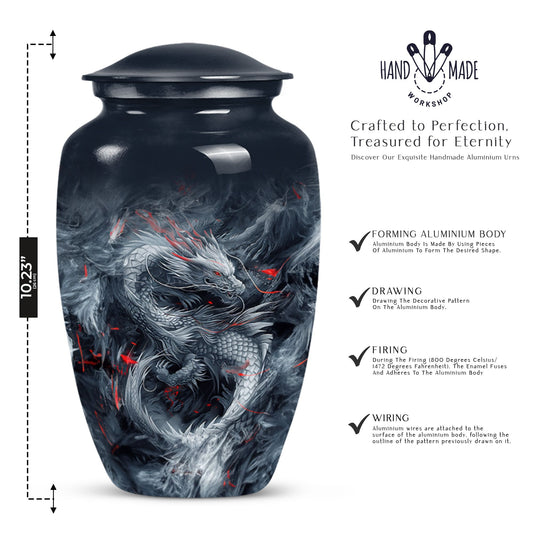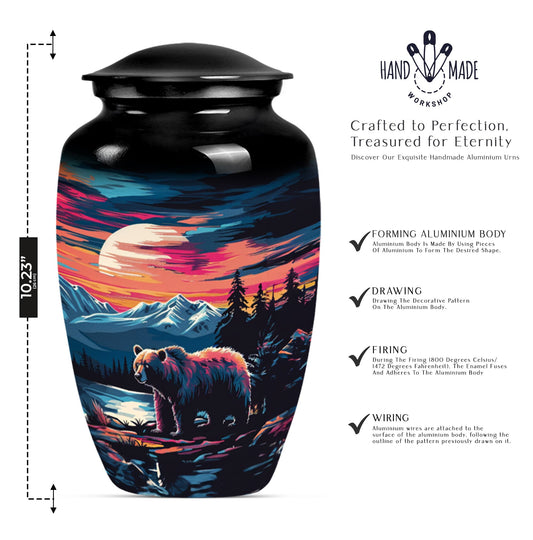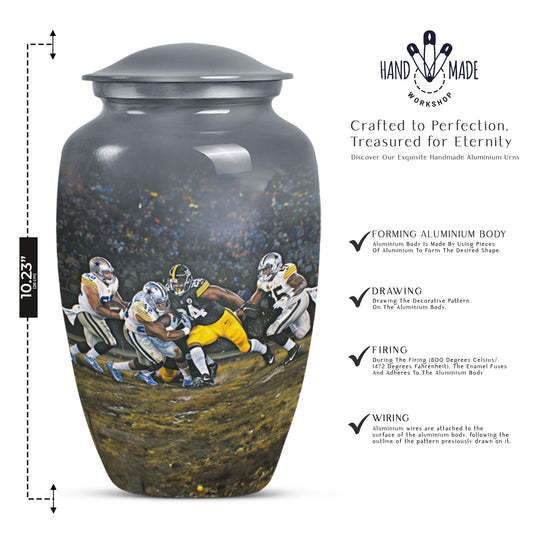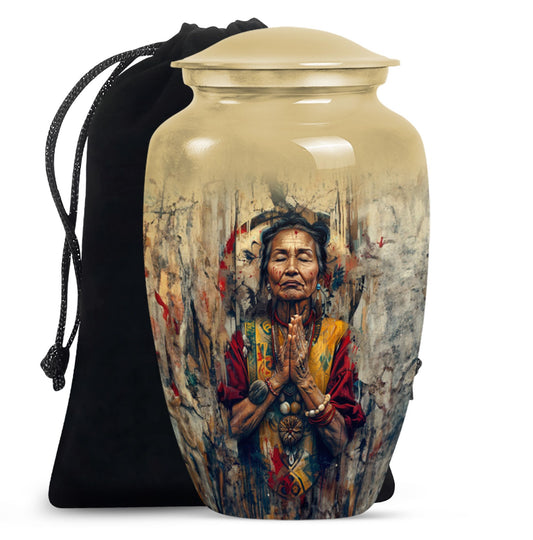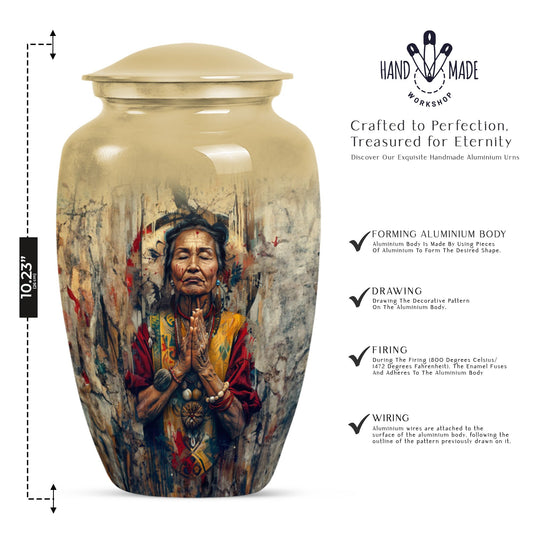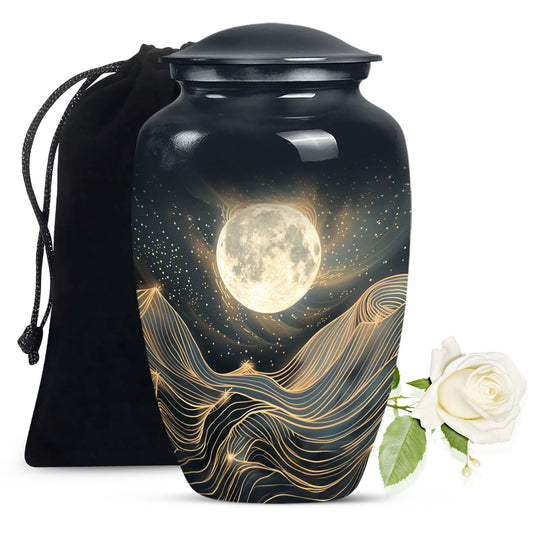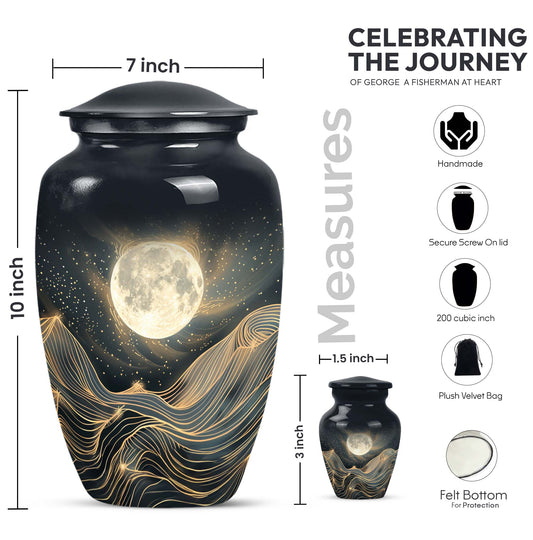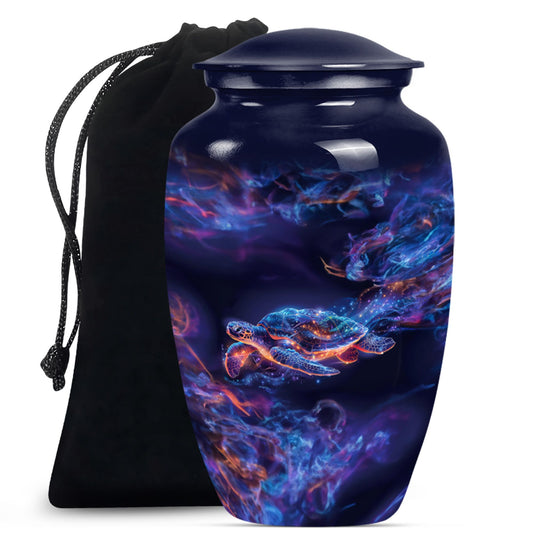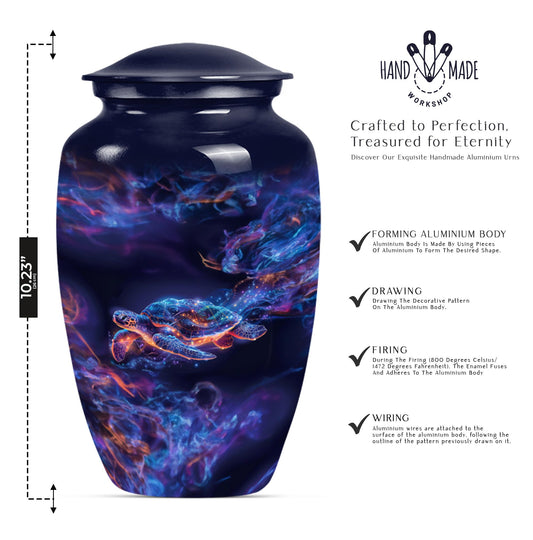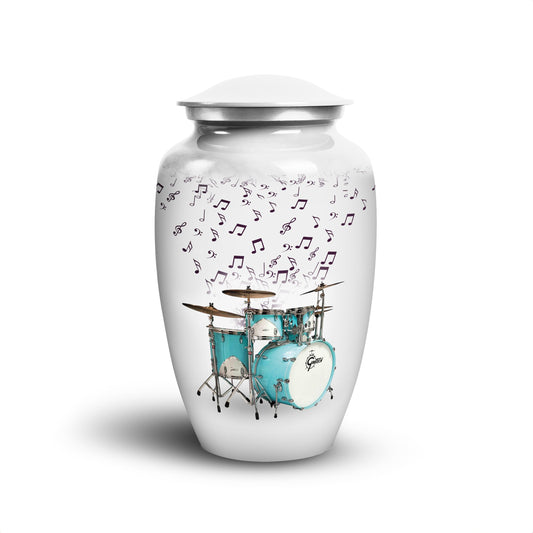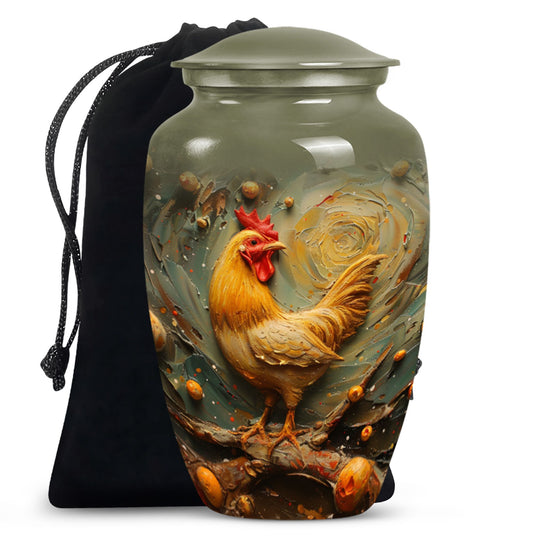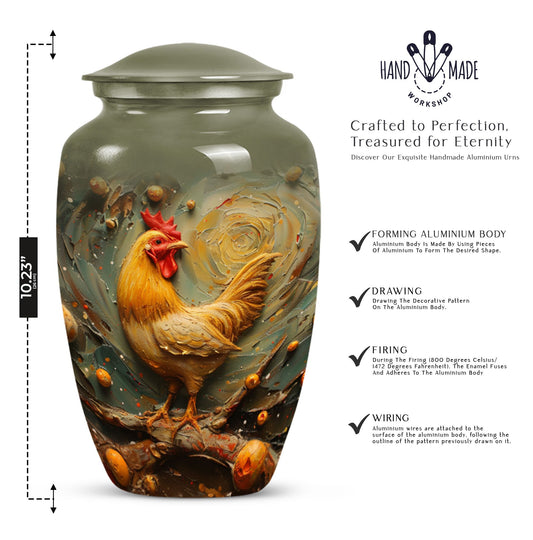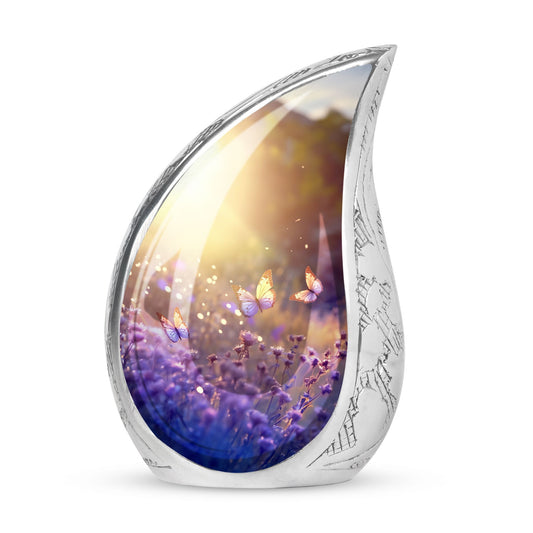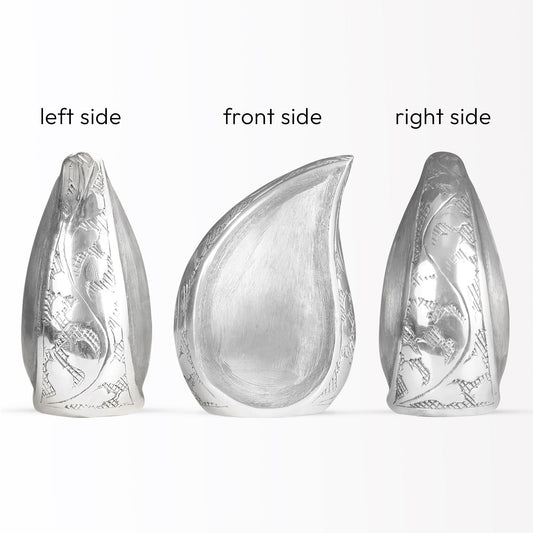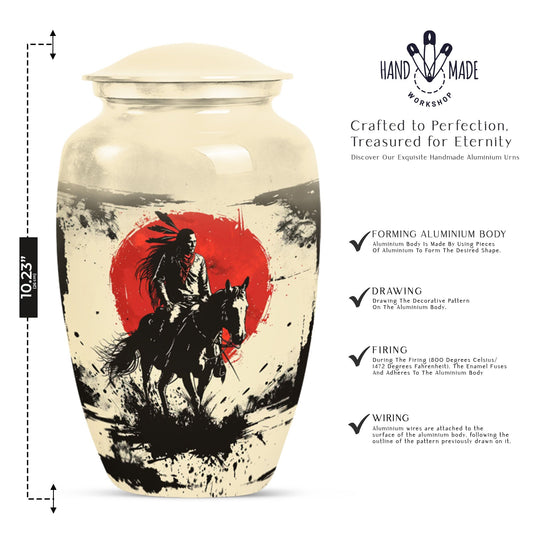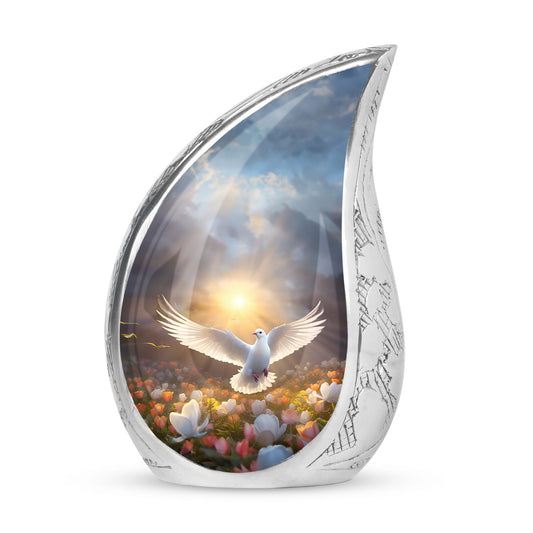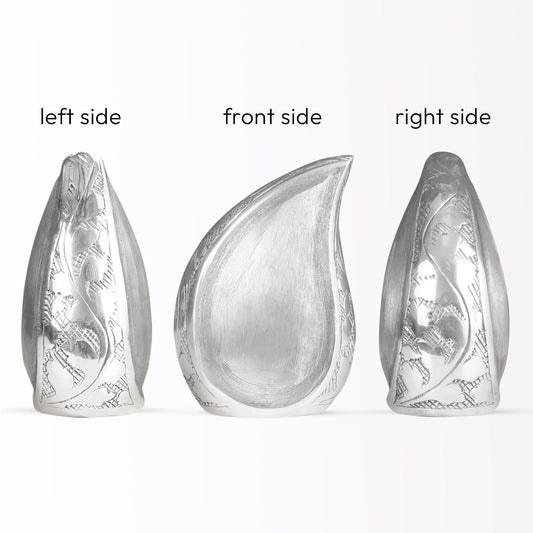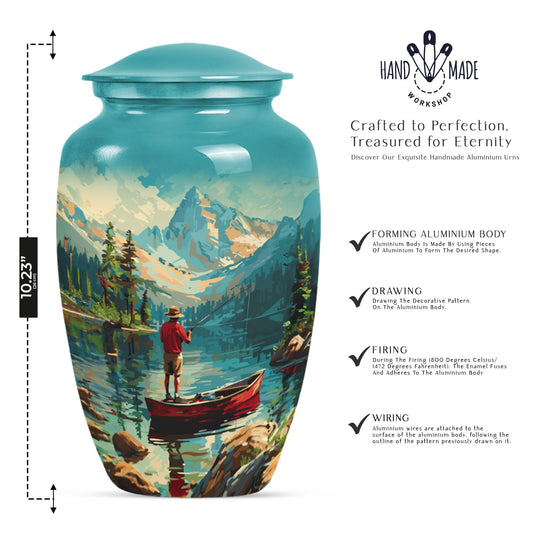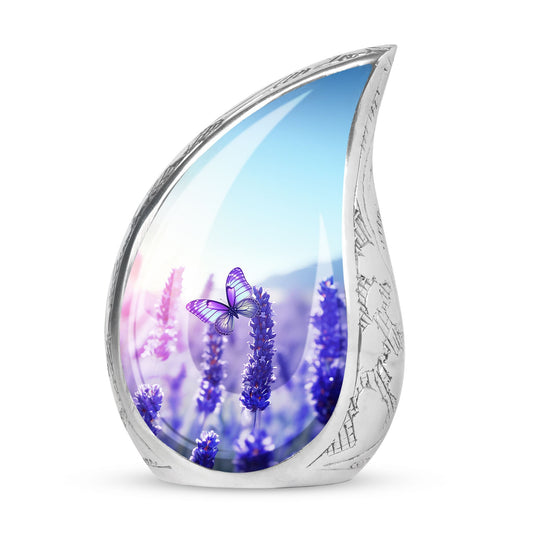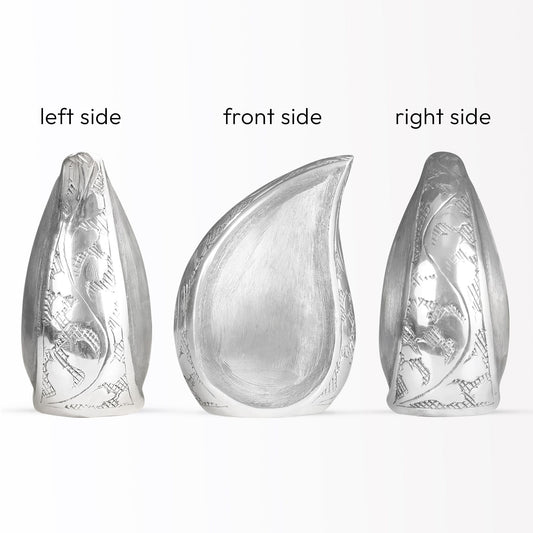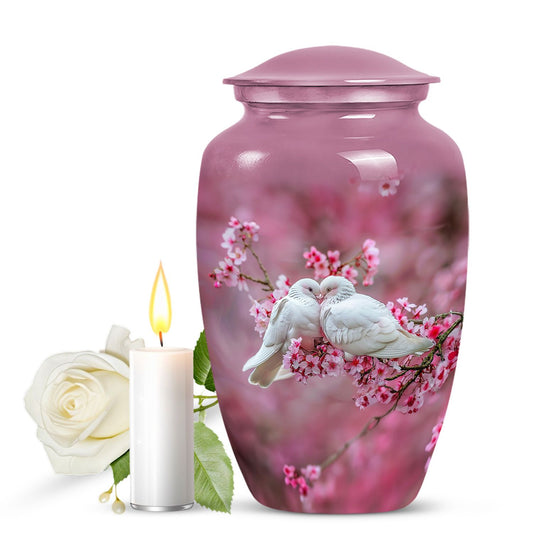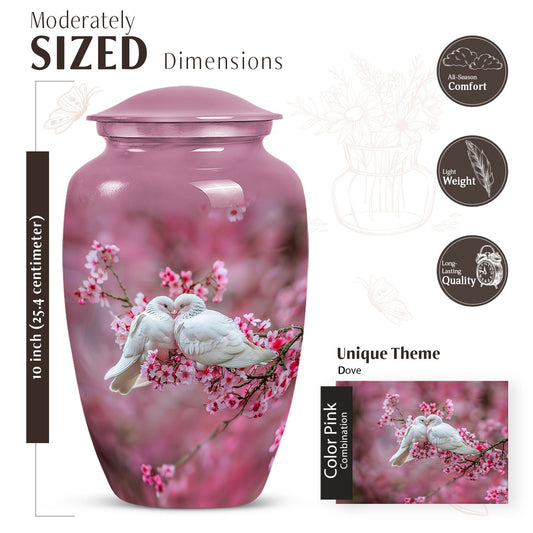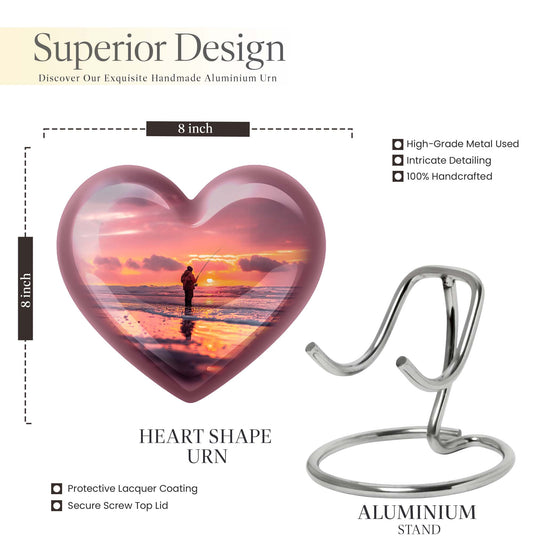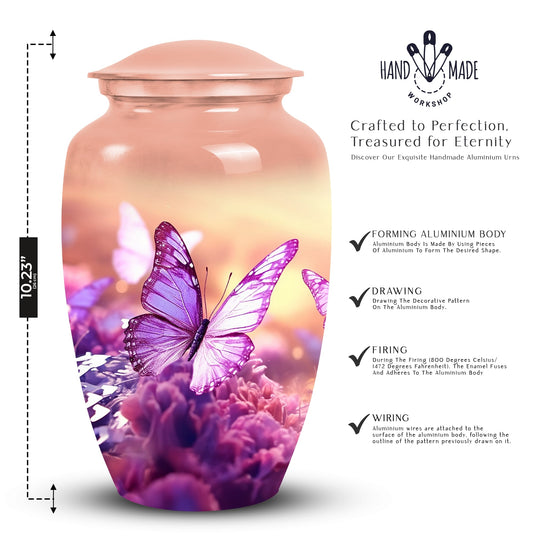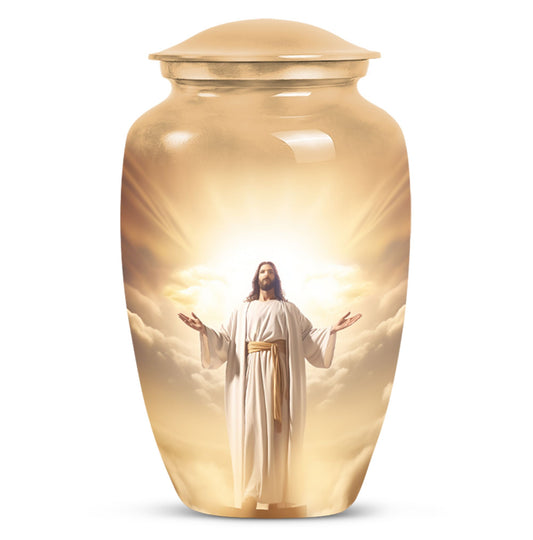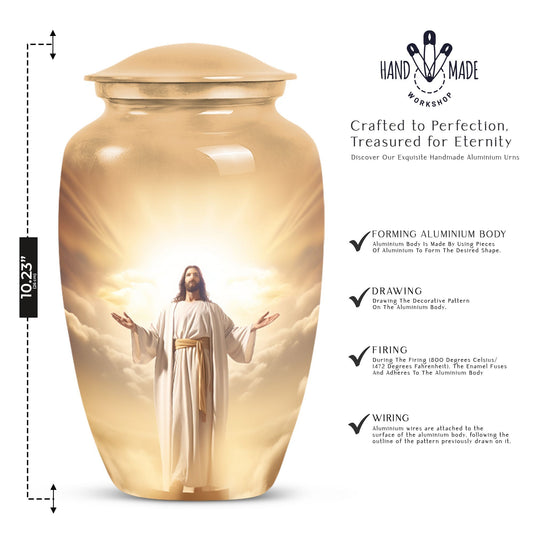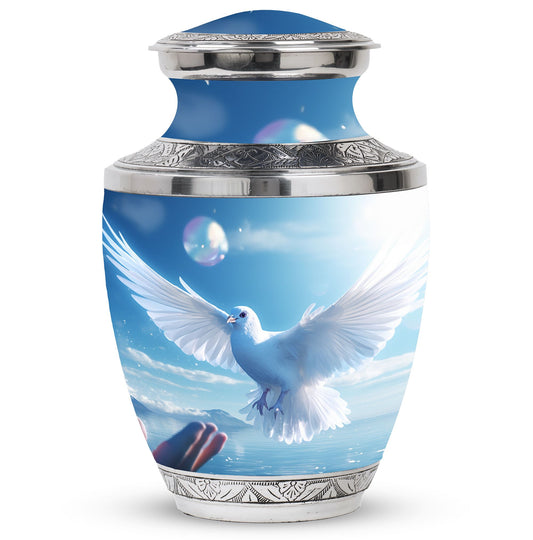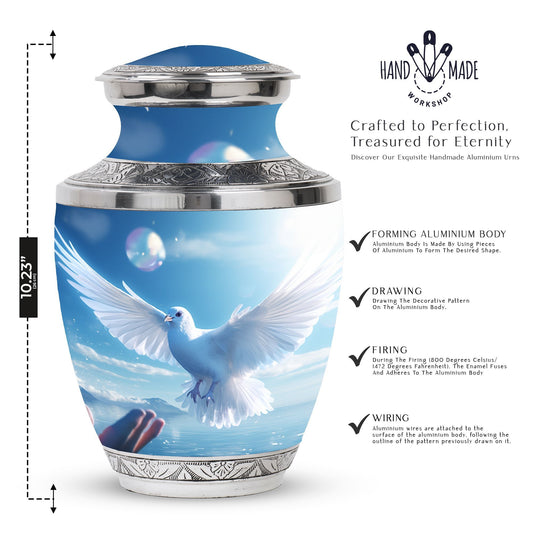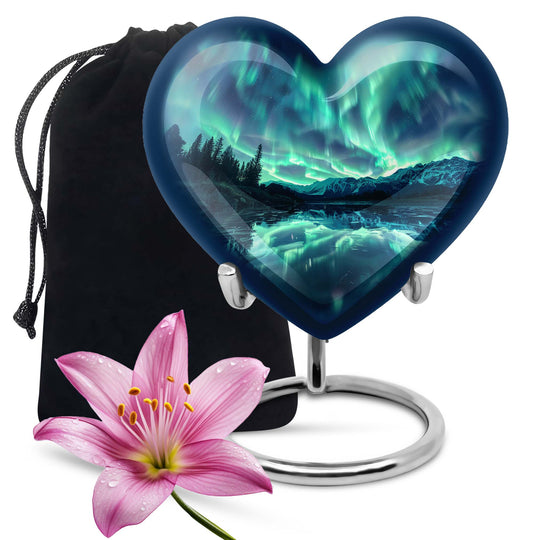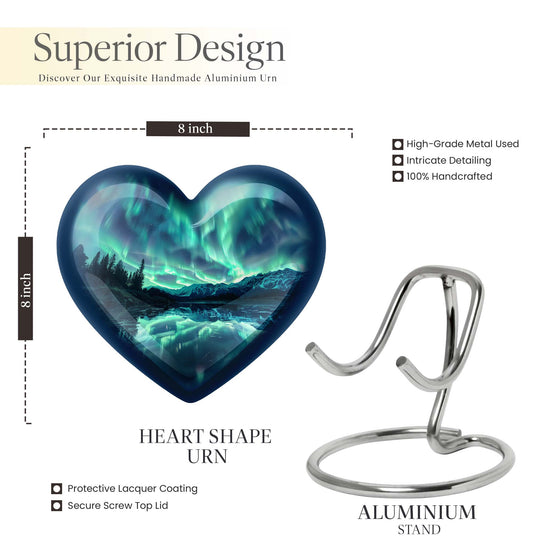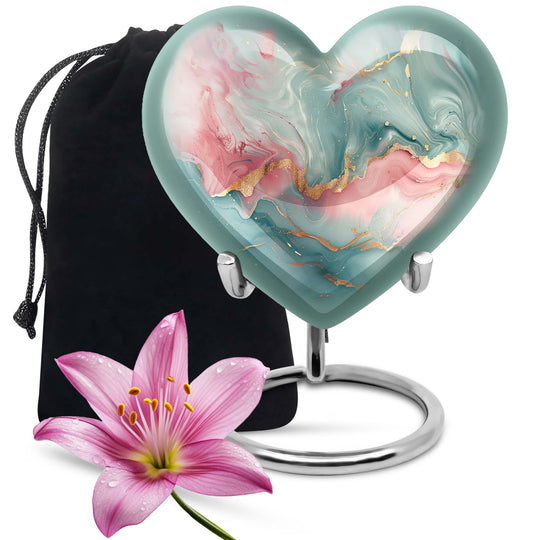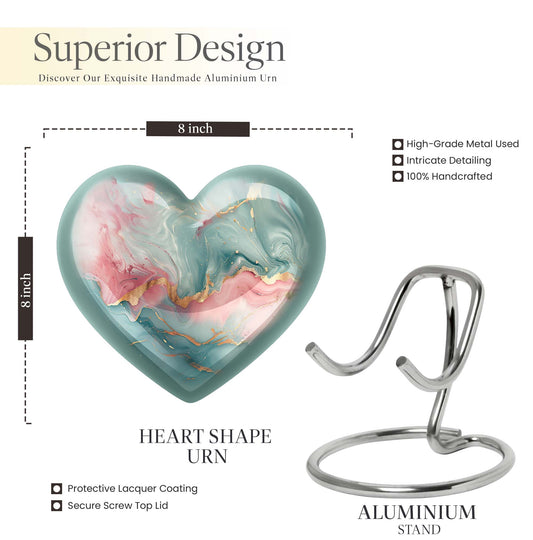Popular Urns
How Does the Cremation Process Work? A Step-By-Step Guide

Understanding the Cremation Process
Cremation has become a popular choice for many families due to its affordability, simplicity, and flexibility in memorialization. At Yatskia Urns, we understand that you may have questions about how the cremation process works. This comprehensive guide will walk you through every step, from initial decisions to the final placement of your loved one's ashes.

Step 1: Initial Arrangements
The cremation process begins with the family making arrangements with a funeral home or cremation provider. Here’s what you can expect:
- Choose a Cremation Provider: Select a reputable provider who will handle the cremation process with care and respect.
- Provide Necessary Information: You'll need to provide essential details about your loved one and decide on the type of cremation service (direct cremation, cremation with a memorial service, etc.).
- Authorize the Cremation: Legal documentation must be completed, including a signed cremation authorization form.
Step 2: Preparation of the Body
Before the actual cremation, the body is prepared according to specific protocols:
- Identification: A unique identification tag is assigned to ensure the remains are correctly identified throughout the process.
- Personal Items: Any personal items, such as jewelry, are removed and returned to the family.
- Medical Devices: Implanted medical devices (like pacemakers) are removed as they can pose a hazard during cremation.
Step 3: The Cremation Process
The cremation itself is a methodical and respectful process involving several stages:
- Placement in the Cremation Chamber: The body is placed in a combustible container (often a simple wooden or cardboard box) and then into the cremation chamber, also known as a retort.
- Cremation: The chamber is heated to temperatures between 1400 and 1800 degrees Fahrenheit. This intense heat reduces the body to bone fragments and basic elements, a process that typically takes 2-3 hours.
- Cooling: After the cremation is complete, the remains (now bone fragments) are allowed to cool for a short period.
Step 4: Processing the Remains
Once the cremation is complete, the remains undergo further processing:
- Removal from the Chamber: The cooled bone fragments are carefully removed from the cremation chamber.
- Magnetic Separation: Any remaining metal fragments (e.g., surgical implants) are separated using a magnet.
- Grinding: The bone fragments are then processed into a fine, sand-like consistency using a device called a cremulator.
Step 5: Transfer to an Urn

The final step involves transferring the processed remains to an urn:
- Selection of an Urn: Families choose a cremation urn that reflects their loved one’s personality or preferences. At Yatskia Urns, we offer a wide range of beautiful and personalized urns to honor your loved one’s memory.
- Transfer: The ashes are carefully placed into the selected urn. If the family wishes to scatter the ashes, they may choose a temporary container instead.
Step 6: Memorialization Options
After the ashes are placed in an urn, families have various options for memorialization:
- Home Display: Many families choose to keep the keepsake urn at home in a place of honor.
- Scattering: Ashes can be scattered in a meaningful location, such as a favorite nature spot or at sea.
- Interment: Ashes can be buried in a cemetery plot or placed in a columbarium.
- Memorial Jewelry: Some families opt for memorial jewelry, which holds a small portion of the ashes.
Conclusion
Understanding the cremation process can provide peace of mind during a difficult time. At Yatskia Urns, we are dedicated to supporting families through every step of the cremation journey, offering compassionate service and a wide selection of urns to honor your loved one’s memory. Whether you choose to keep the ashes at home, scatter them in a special place, or memorialize them in another way, the process of cremation provides a dignified and respectful means of saying goodbye.
If you have any further questions or need assistance with choosing the perfect urn, please contact us at Yatskia Urns. We are here to help you every step of the way.
ALSO READ:
How to Transfer Ashes into a Cremation Urn: A Step-by-Step Guide
Cremation Or Burial - Meaning, History, Significance, Cost, Environmental Considerations
Guide to Scattering Ashes: Creating a Peaceful and Meaningful Ceremony


